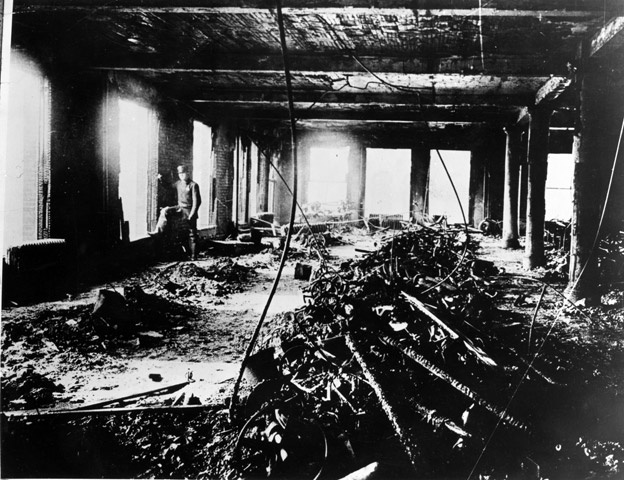Image via the Kheel Center and Cornell University, reproduced with permission.
Who watched how a young man helped a girl to step
Up to the windowsill, then held her out
Advertisement
And then another. As if he were helping them up
To enter a streetcar, and not eternity.
"Shirt," read by Robert Pinsky
Excerpt from Ken Burns' 1999 documentary "New York"
Advertisement
Via
Via
Via
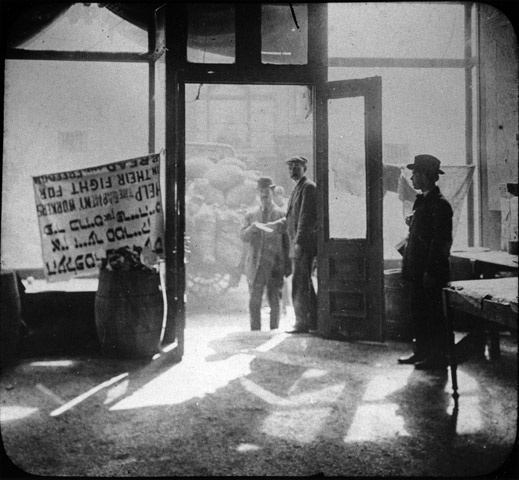
Advertisement
Via
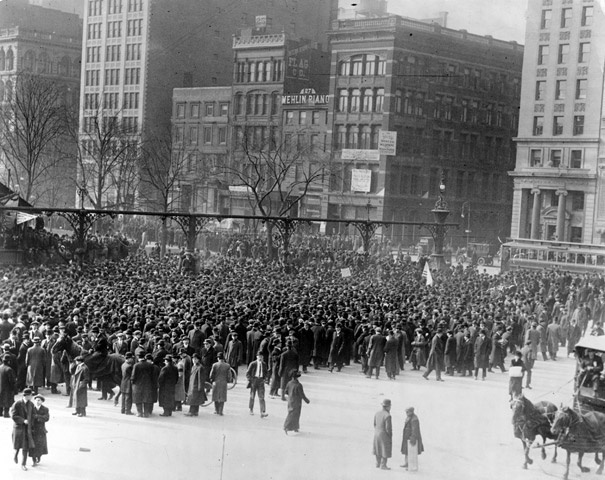
Via
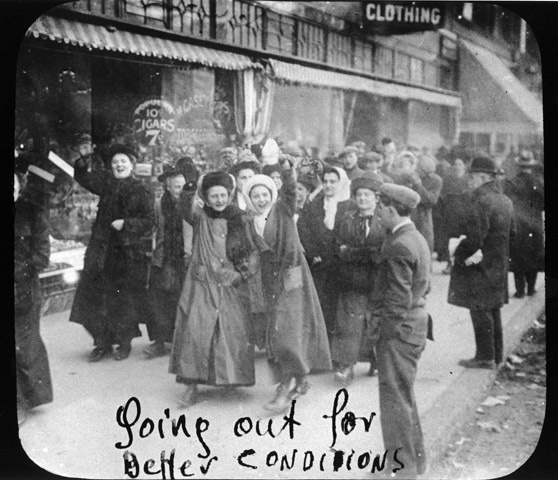
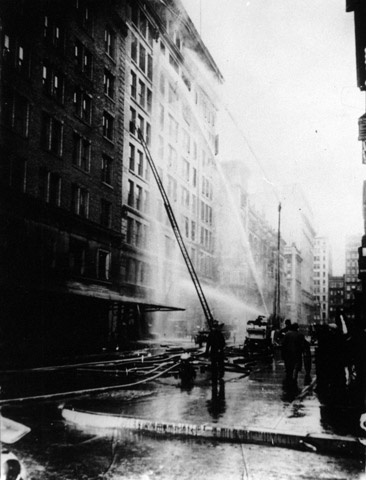
Advertisement
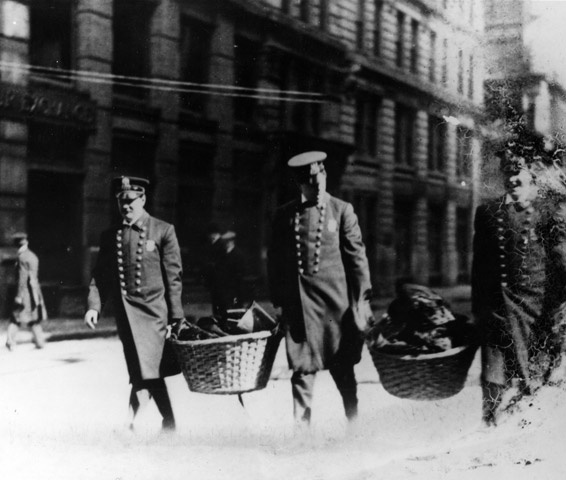
Advertisement
Via Safar Sobhan
